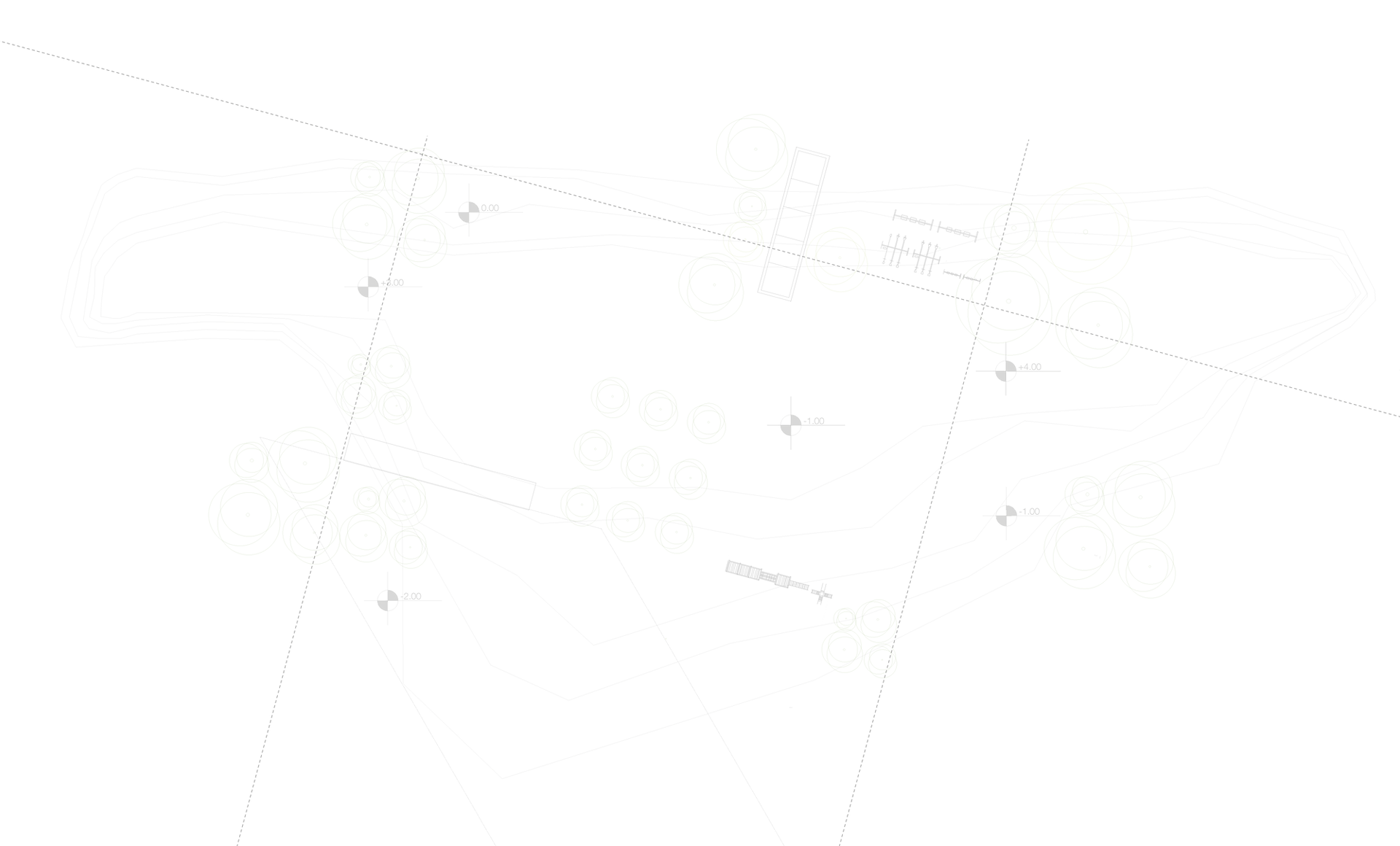
benefits of precision agricultire and aerial farming
The benefits of the Aerial Farming methods are manifested in lower consumption of:
-
irrigation water
-
fertilizers
-
plant protecting chemicals
The economic benefits of guiding systems in the UK for a 500 ha farm were at least at 2.24€/ha. Benefits grow if more complex systems are adopted, which would lead to additional returns of 18-45€/ha for winter wheat.
Economic savings of nitrogen fertilization using VRA in Germany range between 10€/ha and 25€/ha, depending on the size of the field, with improvements on N efficiency by 10-15% reducing the application without impact on crop yield. However, it is a mixed picture: other studies in Denmark have shown no appreciable economic benefit from using VRA technology for fertilizer application.
It is widely accepted that better decision making in agriculture should provide a wide range of benefits. In an agriculture market where gross margin and profitability are getting tighter, farmers are looking for technologies that reduce costs without decreasing production. Although this is probably the primary reason for farmers to adopt such a farm management approach, it is not the only justification. In fact, in large parts of Eastern EU 28 countries, the aim is to increase production, and here direct economic benefits are likely to be larger.
The application of information technologies into Precision Agriculture (PA) methods has clear benefits to optimise production efficiency and to increase quality, but also to minimise environmental impact and risk, which includes undesirable variability caused by the human operator. PA nowadays is seen as an “environment friendly system solution that optimizes product quality and quantity while minimizing cost, human intervention and the variation caused by unpredictable nature”. In fact, all new definitions of PA include terms related to risk, environmental effects and degradation, as they are key concerns in the late 20th and early 21st centuries. PA becomes a management practice of increasing interest because it links to key drivers directly related to worldwide issues such as Sustainable Agriculture & Food Security (Gebbers & Adamchuk, 2010).
There is some evidence from research which shows that environmental degradation is reduced when PA methods are applied, including increased fuel use efficiency resulting in lowering carbon footprints. Some other examples include nitrate leaching in cropping systems, demonstrating that variable rate application methods were successful in reducing groundwater contamination and that PA methods may reduce erosion when precise tillage is conducted. Therefore, PA is seen as a way to help meet the measures defined in environmental legislation present in countries such as USA and Australia. In fact, this issue was proposed within the EU, as PA was identified as a way to meet future EU directives in Member States to reduce agro-chemicals (Zhang et al., 2002).
Source: Precision Agriculture: An Opportunity for EU Farmers - Potential Support with the CAP 2014-2020
